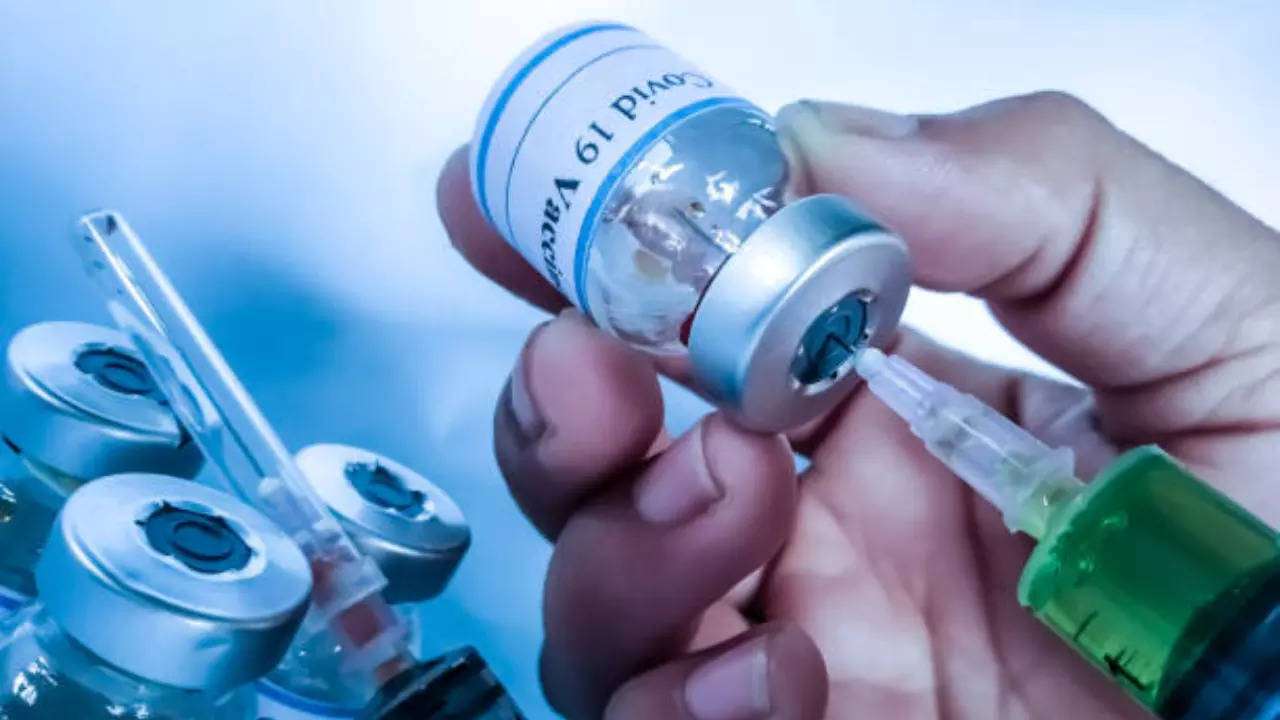The reasons why some Americans at greater risk of COVID-19 may not get the new COVID vaccine are complex and multifaceted, as you've outlined. To address these issues and increase vaccination rates among this group, various strategies can be implemented:
-
Education : Public health officials and healthcare providers should prioritize educating individuals about the risks of COVID-19, particularly for those at higher risk due to age, underlying health conditions, or other factors. Clear and accurate information about the vaccine's safety and efficacy should also be disseminated to combat vaccine hesitancy.
-
Accessibility : To overcome barriers related to access, efforts should be made to provide convenient and easily accessible vaccination locations, including mobile clinics and pop-up sites in rural areas. Extended operating hours and weekend availability can accommodate those with busy schedules. Additionally, transportation assistance can be offered to individuals who face difficulties in reaching vaccination sites.

-
Communication : Addressing misinformation and disinformation is crucial. Public health campaigns should focus on correcting false information and myths about the vaccine. Engaging with trusted community leaders, healthcare providers, and social media influencers can help disseminate accurate information and combat the spread of false narratives.
-
Community Engagement : Building trust within communities that have been disproportionately impacted by the pandemic is essential. Engaging with community leaders and organizations can help in tailoring vaccination efforts to the specific needs and concerns of these communities. Additionally, involving local healthcare providers and community clinics can enhance trust and accessibility.
-
Incentives and Outreach : Consideration can be given to providing incentives, such as gift cards or other rewards, to encourage vaccination among those at greater risk. Outreach efforts should be culturally sensitive and take into account linguistic and cultural factors that might affect vaccination decisions.
-
Personalized Risk Assessment : Healthcare providers can play a significant role in helping individuals understand their personal risk levels. They can assess medical history and underlying conditions, providing personalized recommendations and addressing any concerns patients may have.
-
Continued Monitoring and Adaptation : Public health officials should continually monitor vaccination rates and adapt strategies as needed. This includes addressing emerging concerns or barriers and adjusting communication and distribution efforts accordingly.
In conclusion, addressing the challenges facing Americans at greater risk of COVID-19 vaccination requires a multifaceted approach that combines education, accessibility, trust-building, and community engagement. By implementing these strategies, it is possible to increase vaccination rates and protect the most vulnerable members of society from the virus.
.png)
.png)
